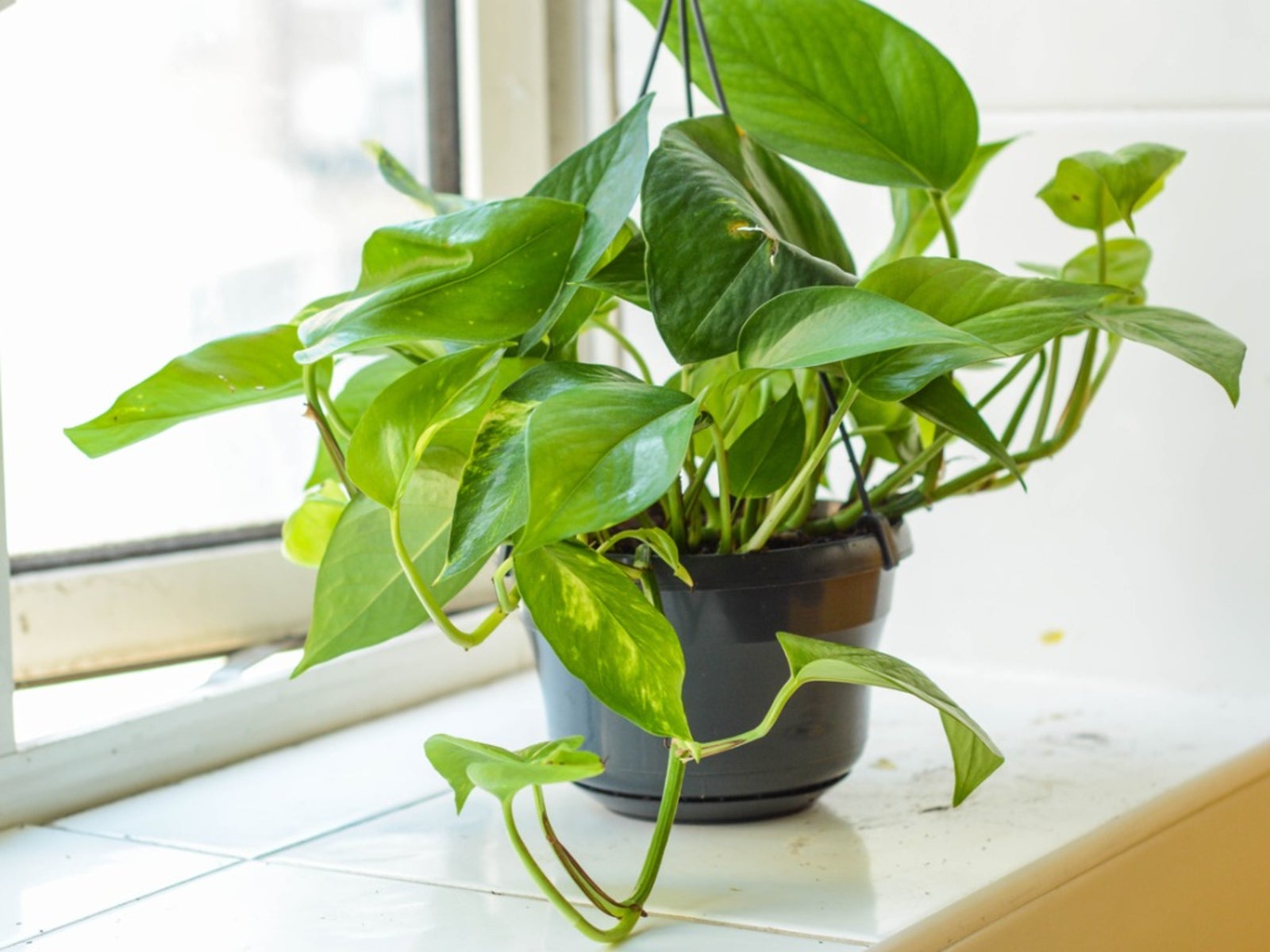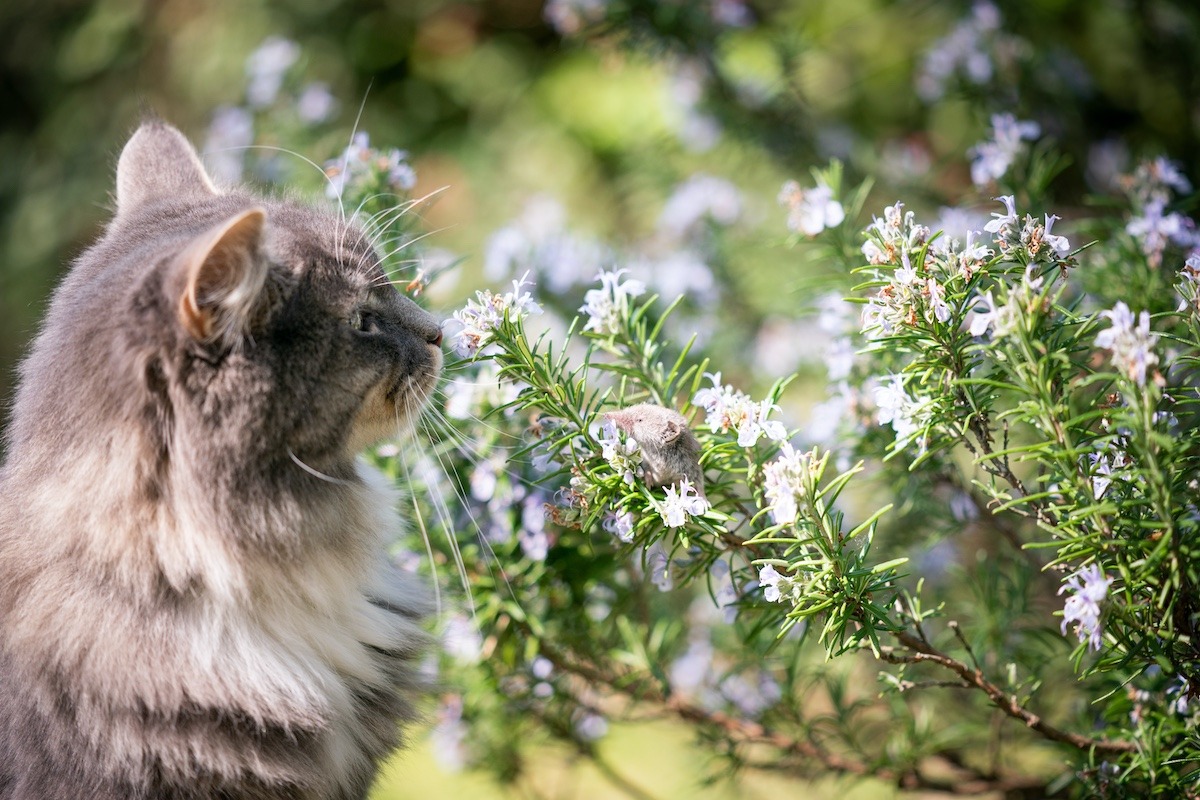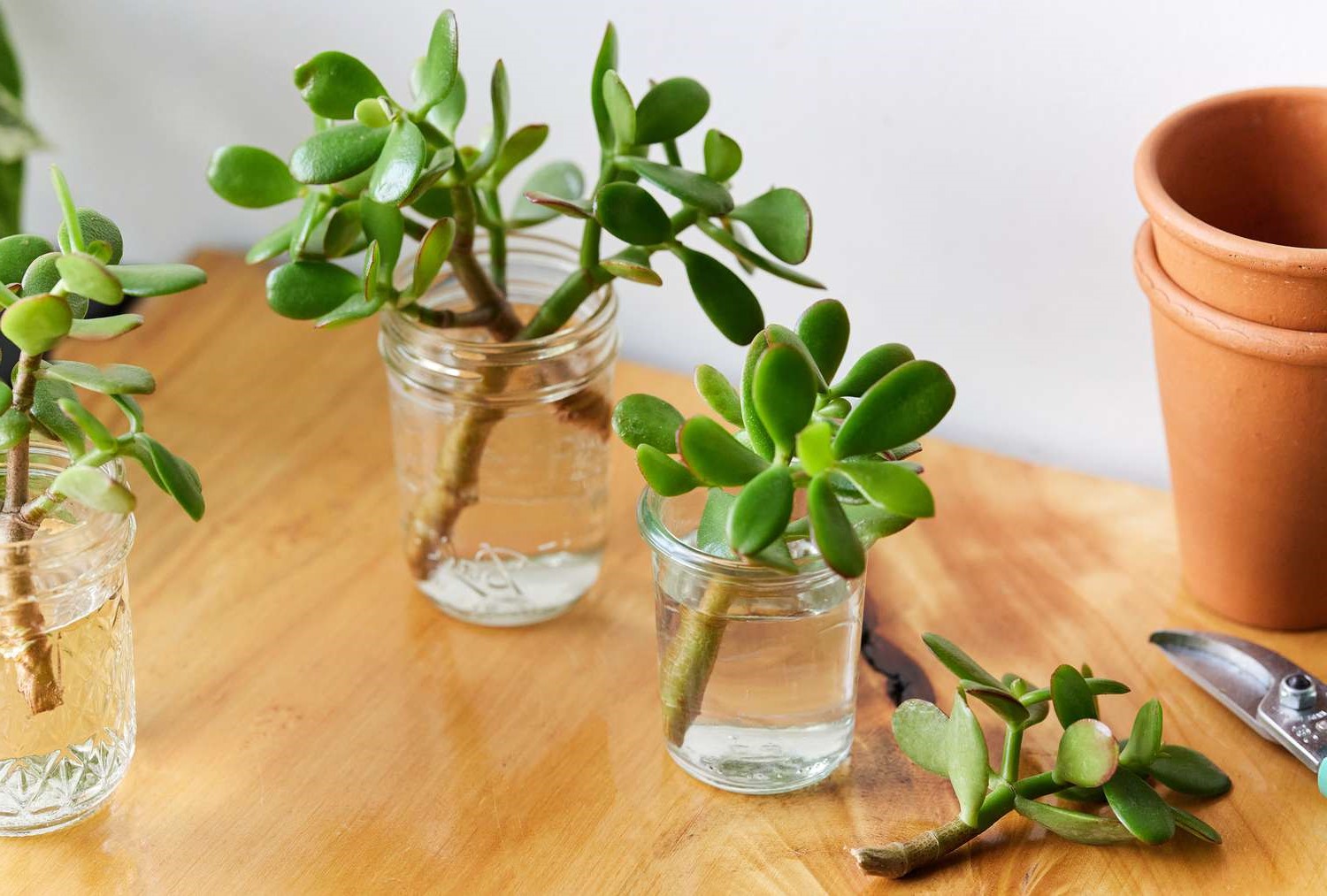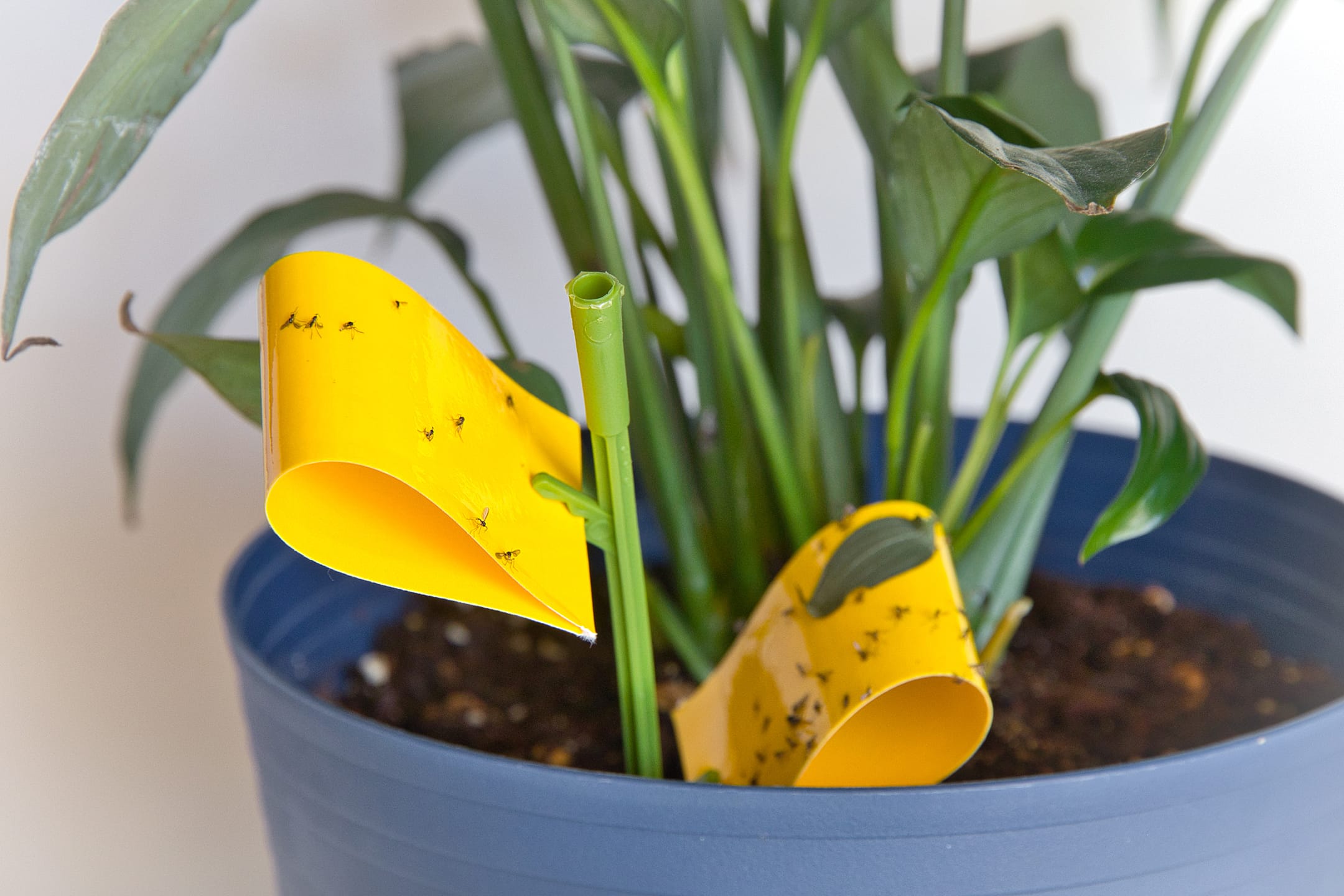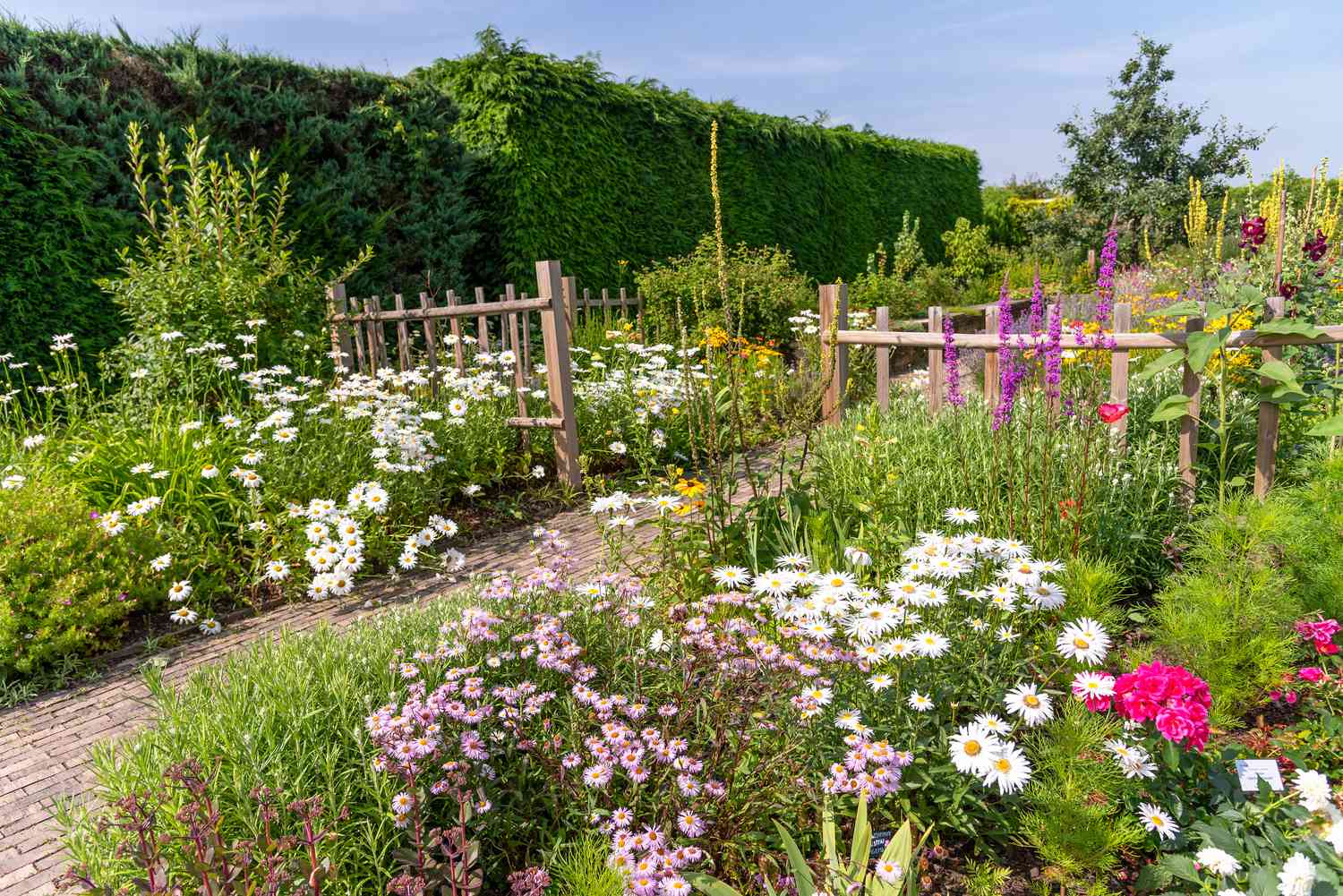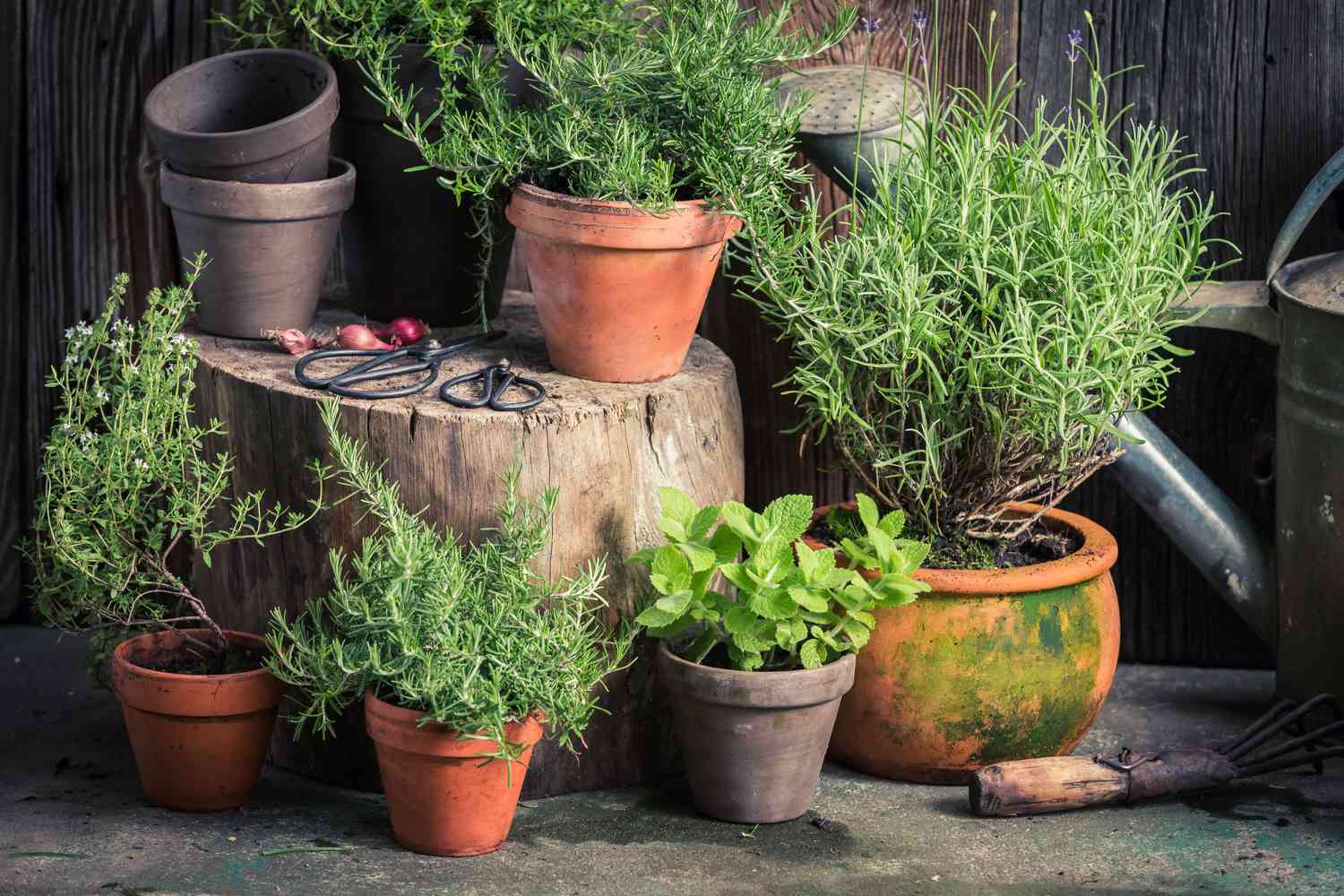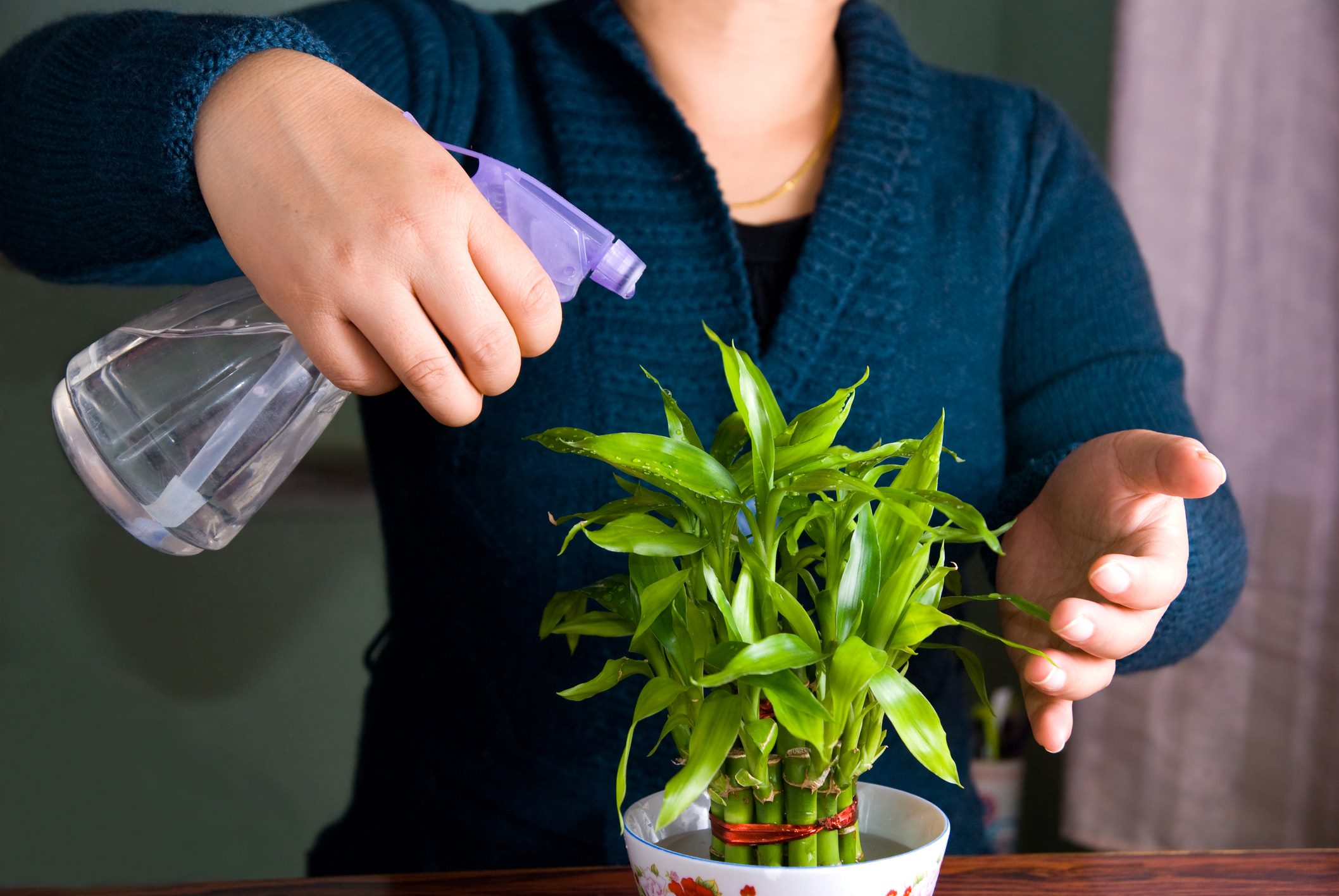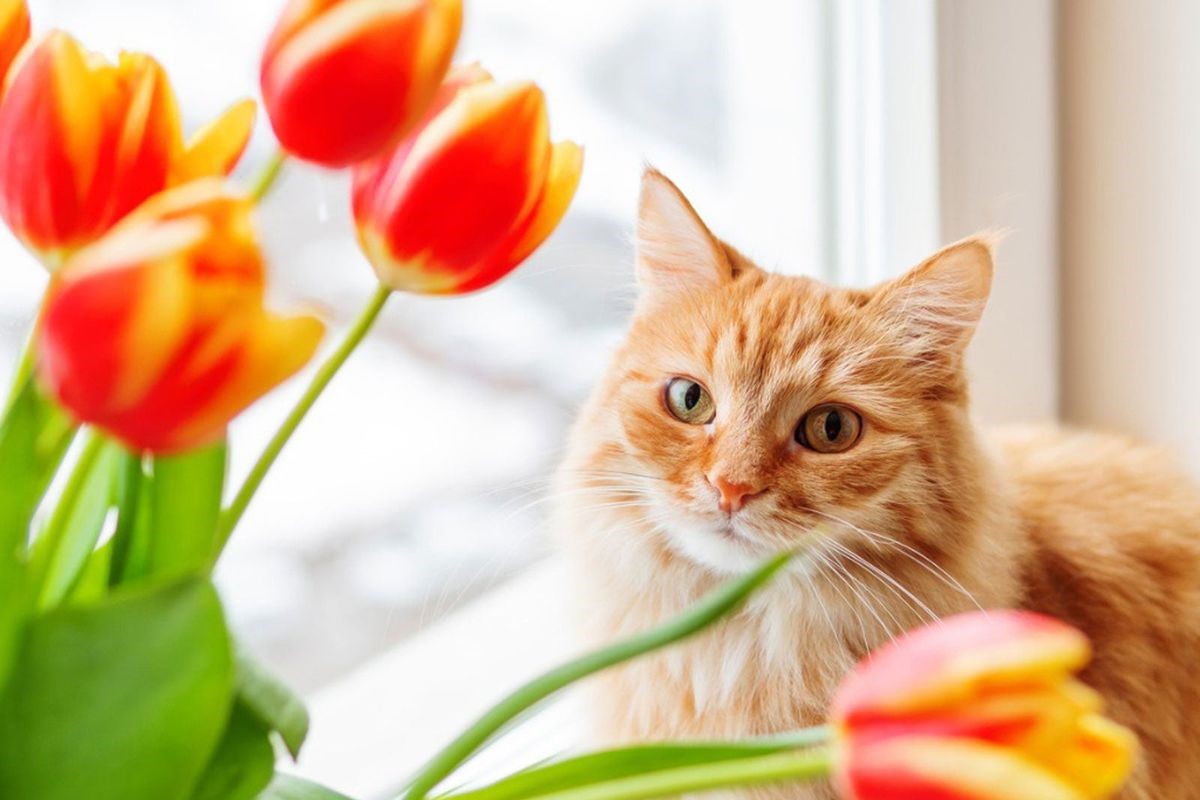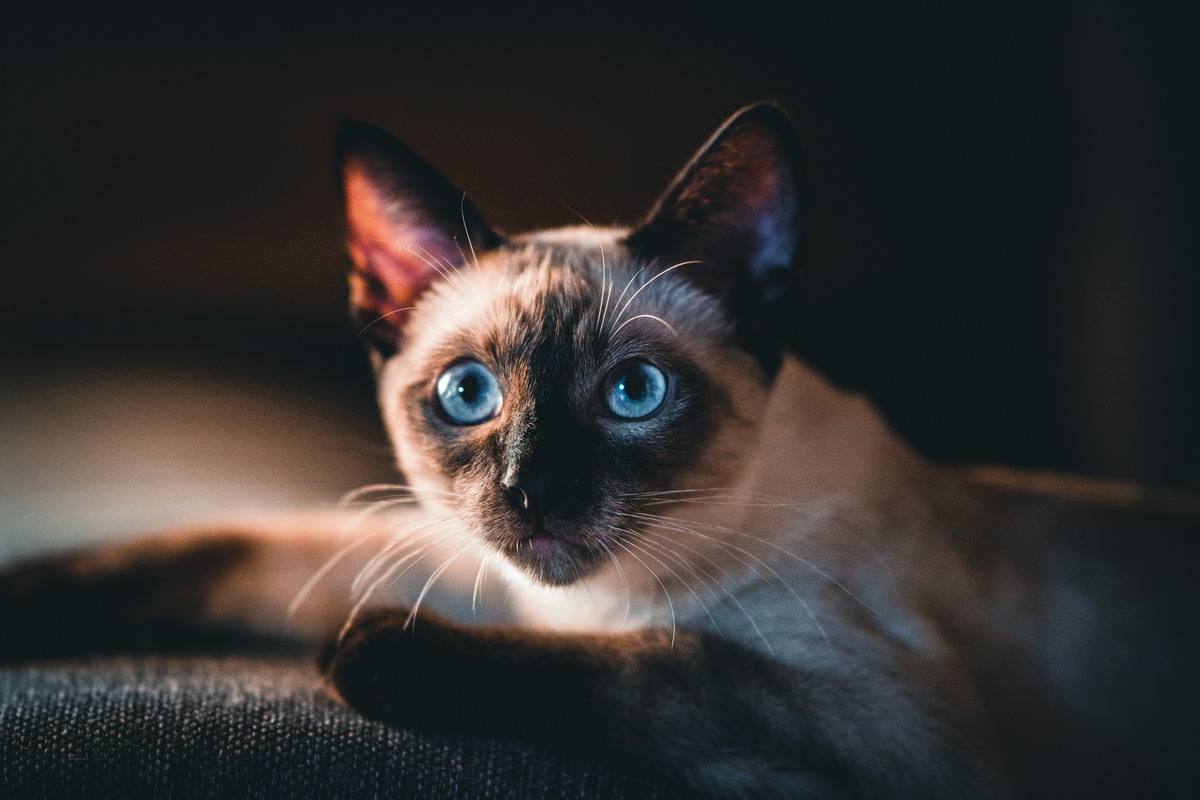Home>Home and Garden>How To Keep Cats Away From Plants
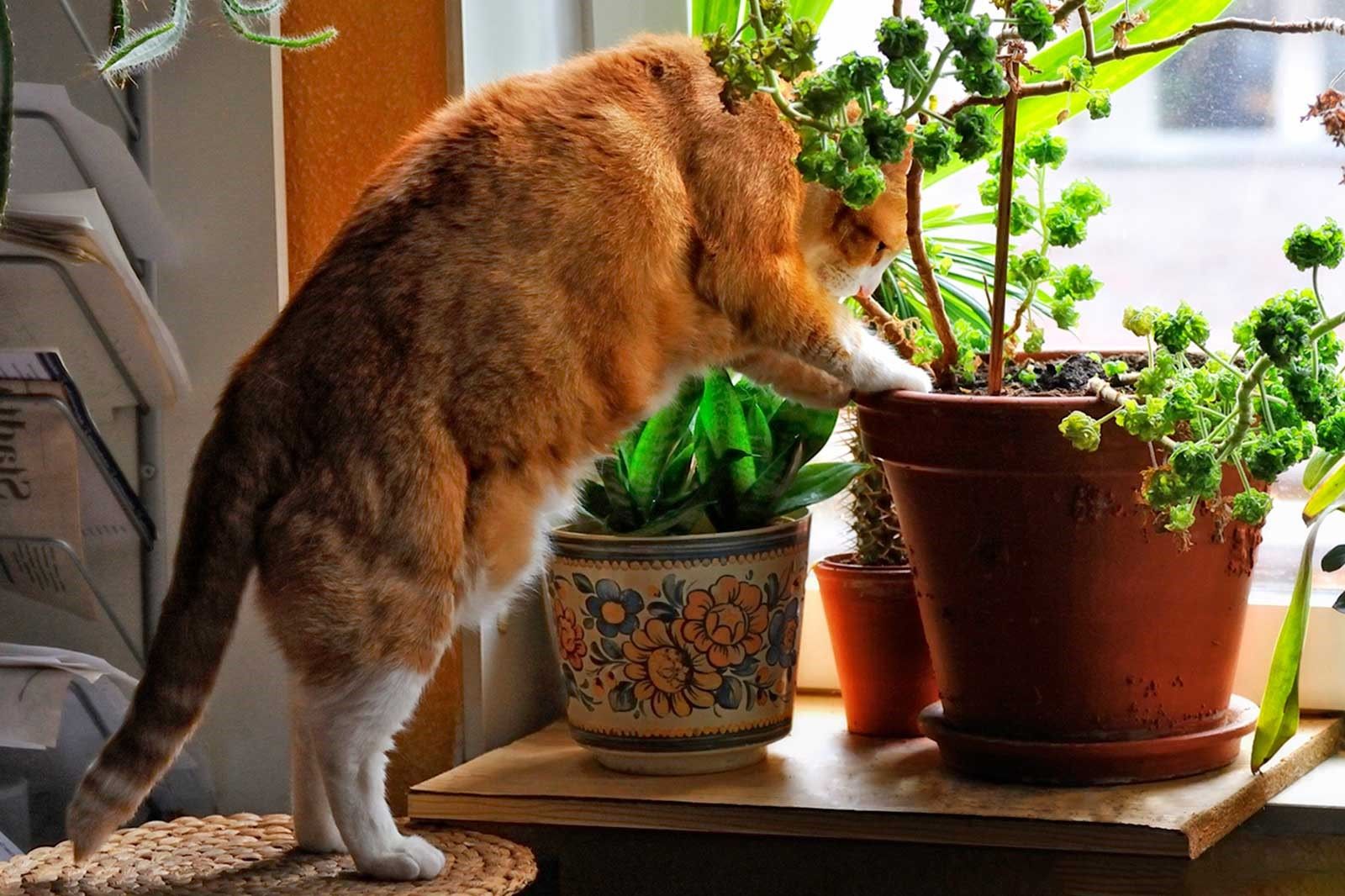

Home and Garden
How To Keep Cats Away From Plants
Published: March 2, 2024
Discover effective ways to keep cats away from your plants in your home and garden. Learn how to protect your plants from curious felines with these helpful tips.
(Many of the links in this article redirect to a specific reviewed product. Your purchase of these products through affiliate links helps to generate commission for Noodls.com, at no extra cost. Learn more)
Table of Contents
Introduction
Cats are beloved companions, but their curious nature and tendency to explore can sometimes lead to unwanted behavior in the garden. For many plant enthusiasts, the sight of a feline frolicking among their prized blooms can be a cause for concern. Whether it's the temptation to use a freshly dug flower bed as a litter box or the irresistible urge to nibble on greenery, cats can pose a challenge to maintaining a flourishing garden.
In this comprehensive guide, we will explore various strategies to keep cats away from plants while ensuring their well-being and happiness. From understanding the behavior of cats to implementing natural and commercial deterrents, we will delve into practical solutions that strike a balance between preserving the garden's beauty and respecting the feline visitors.
By gaining insights into the world of cats and harnessing the power of effective deterrents, you can create a harmonious environment where both plants and pets thrive. Let's embark on this journey to discover the art of cultivating a cat-friendly garden while safeguarding your cherished plants.
Understanding the behavior of cats
Cats are known for their independent and inquisitive nature, and understanding their behavior is crucial in devising effective strategies to deter them from the garden. One key aspect of feline behavior is their territorial instincts. Cats often view outdoor spaces as extensions of their territory, and they may exhibit behaviors such as marking, digging, and exploring as a means of asserting their presence.
Additionally, cats are natural hunters and are drawn to movement and rustling sounds. This innate predatory behavior can lead them to pounce on plants or disturb the soil in search of potential prey, inadvertently causing damage to the garden.
Furthermore, cats are sensitive to scents and textures. They are known to be averse to certain odors and surfaces, which can be leveraged when implementing deterrents. Understanding the sensory preferences and aversions of cats allows for the strategic deployment of repellents that effectively discourage them from venturing into specific areas of the garden.
Moreover, it's essential to recognize that cats seek out comfortable and sheltered spots for relaxation. They are drawn to cozy nooks and shaded areas, making these locations potential hotspots for feline activity within the garden.
By gaining insights into these behavioral patterns, gardeners can tailor their approach to cat deterrents and garden design. By addressing the underlying reasons for feline behavior, such as territorial instincts, hunting tendencies, sensory sensitivities, and comfort-seeking behaviors, it becomes possible to implement measures that effectively discourage cats from disrupting the garden while ensuring their well-being and contentment.
Understanding the behavior of cats provides a foundation for developing a holistic approach to creating a garden environment that is harmonious for both plants and feline visitors. With this knowledge in mind, we can explore natural and commercial deterrents, as well as garden design strategies, that align with the needs and behaviors of our feline friends.
Natural deterrents for cats
Natural deterrents offer a gentle yet effective approach to dissuading cats from venturing into specific areas of the garden. By harnessing the power of scents, textures, and plants, gardeners can create an environment that naturally discourages feline activity while maintaining the overall harmony of the outdoor space.
1. Citrus scents:
Cats have a strong aversion to citrus scents, making them an excellent natural deterrent. By strategically placing citrus peels or using citrus-based essential oils in the garden, you can create an invisible barrier that cats are inclined to avoid. Additionally, citrus-scented sprays or solutions can be applied to specific areas to discourage feline exploration.
2. Spiky or prickly plants:
Incorporating plants with spiky or prickly textures can act as a natural deterrent for cats. Species such as rosemary, holly, or ornamental grasses with sharp blades can create unappealing areas for cats to traverse or rest. These plants not only serve as a deterrent but also contribute to the aesthetic appeal of the garden.
Read more: How To Keep Bees Away
3. Coleus canina (scaredy cat plant):
The coleus canina, also known as the scaredy cat plant, emits an odor that is highly unpleasant to cats. This natural deterrent plant can be strategically placed in garden beds or near vulnerable plantings to discourage feline interference. Its unique odor acts as a non-toxic and eco-friendly deterrent, making it a valuable addition to cat-friendly gardens.
4. Lavender and rue:
Lavender and rue are aromatic plants that possess natural repellent properties against cats. Their fragrant foliage emits scents that cats find displeasing, making them effective natural deterrents. By incorporating these plants into the garden, you can create a fragrant and visually appealing barrier that deters feline activity.
5. Motion-activated water sprayers:
While not a plant-based deterrent, motion-activated water sprayers utilize natural elements to discourage cats from entering specific areas. These devices detect motion and emit a sudden burst of water, startling cats and prompting them to avoid the targeted zones. This humane and effective method leverages the natural aversion of cats to water, providing a non-invasive means of deterring feline intrusion.
By integrating these natural deterrents into the garden landscape, you can create an environment that is less inviting to cats while preserving the beauty and integrity of your plants. These methods offer a harmonious approach to deterring feline activity, aligning with the natural inclinations and sensitivities of our feline companions.
Commercial deterrents for cats
In addition to natural deterrents, commercial products specifically designed to repel cats can offer effective solutions for safeguarding the garden. These products are formulated to capitalize on cats' sensory aversions and behavioral tendencies, providing a convenient and targeted approach to deterring feline activity.
Read more: 10 Homemade Remedies To Keep Bees Away
1. Ultrasonic repellent devices:
Ultrasonic repellent devices emit high-frequency sound waves that are inaudible to humans but are highly disruptive and uncomfortable for cats. These devices can be strategically placed in the garden to create an invisible barrier that deters cats from entering the protected areas. The ultrasonic emissions serve as a non-invasive and humane method of discouraging feline intrusion, making them a popular choice for gardeners seeking a hands-off approach to cat deterrence.
2. Scent-based repellents:
Commercially available scent-based repellents leverage the aversion of cats to specific odors, such as citrus, peppermint, or lavender. These products are formulated as sprays or granules and can be applied to targeted areas within the garden. By emitting odors that cats find displeasing, these repellents effectively discourage feline exploration and marking behaviors. Furthermore, many scent-based repellents are designed to be eco-friendly and safe for use around plants, offering a practical and sustainable solution for deterring cats.
3. Barrier methods:
Physical barriers, such as cat deterrent spikes, motion-activated deterrent mats, or cat-proof fencing, are commercially available options that provide a tangible impediment to feline access. These barriers are designed to create unappealing or inaccessible surfaces for cats, dissuading them from entering restricted areas. Additionally, motion-activated deterrent mats deliver a harmless static pulse when triggered by a cat's presence, effectively discouraging them from stepping onto protected surfaces. These barrier methods offer a proactive and customizable approach to deterring cats while safeguarding the integrity of the garden.
4. Repellent sprays:
Commercially formulated cat repellent sprays are designed to create aversive surfaces on outdoor furniture, garden beds, and other targeted areas. These sprays typically utilize natural ingredients with strong scents or bitter tastes that deter cats from approaching or interacting with treated surfaces. By applying repellent sprays to specific locations, gardeners can establish boundaries and discourage feline interference without causing harm to the cats or the environment.
By incorporating these commercial deterrents into the garden environment, you can implement targeted and effective measures to deter cats while maintaining the beauty and vitality of your plants. These products offer a practical and convenient approach to addressing feline intrusion, aligning with the diverse needs and preferences of gardeners seeking reliable solutions for cat deterrence.
Read more: How To Keep Windshield From Fogging
Creating a cat-friendly garden
Creating a cat-friendly garden involves thoughtful design and strategic considerations that cater to the needs and behaviors of feline visitors while preserving the beauty and functionality of the outdoor space. By implementing intentional elements and features, gardeners can foster a harmonious environment where cats can coexist with plants and human inhabitants.
1. Designated play areas:
Incorporating designated play areas within the garden provides cats with opportunities for physical activity and mental stimulation. Cat-friendly features such as climbing structures, scratching posts, and interactive toys can be strategically placed to encourage feline engagement while minimizing their impact on delicate plantings. By creating designated spaces for feline recreation, gardeners can redirect cats' natural behaviors in a positive and non-disruptive manner.
2. Safe plant selections:
Choosing plants that are safe for cats is essential in creating a cat-friendly garden. Selecting non-toxic plant varieties and avoiding species that are known to be harmful to cats ensures a safe and welcoming environment for feline companions. Additionally, incorporating catnip, catmint, or other feline-friendly plants can provide enrichment for cats while deterring them from exploring more sensitive areas of the garden.
3. Sheltered resting spots:
Integrating sheltered resting spots, such as cozy nooks, shaded alcoves, or elevated perches, offers cats comfortable and secure areas for relaxation. Providing these designated resting spots can minimize the likelihood of cats seeking out less desirable locations for lounging, such as flower beds or delicate plantings. By accommodating cats' comfort needs, gardeners can encourage them to gravitate towards designated areas while respecting the integrity of the garden.
Read more: How To Keep Curly Hair From Frizzing
4. Cat-friendly pathways:
Incorporating designated pathways or walkways within the garden allows cats to navigate the space without disrupting plantings. These pathways can be lined with durable materials, such as gravel or stepping stones, to create feline-friendly routes that minimize soil disturbance and trampling of delicate plants. By guiding feline movement through intentional pathways, gardeners can mitigate the impact of cats on the garden while promoting a sense of harmony between cats and plants.
5. Water and hygiene stations:
Providing access to fresh water sources and designated hygiene stations, such as litter box enclosures or designated digging areas, encourages responsible feline behaviors within the garden. By addressing cats' basic needs within the outdoor space, gardeners can minimize the likelihood of unwanted behaviors, such as using garden beds as litter boxes. These provisions contribute to a cat-friendly environment that supports the well-being of both cats and plants.
By incorporating these elements into the garden design, gardeners can create a cat-friendly environment that accommodates the needs and behaviors of feline visitors while preserving the beauty and vitality of the outdoor space. This intentional approach fosters a harmonious coexistence between cats and plants, allowing both to thrive within the shared garden environment.
Conclusion
In conclusion, maintaining a flourishing garden while coexisting with cats requires a balanced approach that considers the needs and behaviors of both plants and feline visitors. By understanding the territorial instincts, hunting tendencies, sensory sensitivities, and comfort-seeking behaviors of cats, gardeners can implement strategic measures to deter feline activity while ensuring the well-being and contentment of their furry companions.
The utilization of natural deterrents, such as citrus scents, spiky or prickly plants, and cat-repelling species like coleus canina and lavender, offers a gentle yet effective means of discouraging cats from disrupting the garden. These natural methods align with cats' sensory aversions and provide a harmonious approach to deterring feline activity.
In addition to natural deterrents, commercial products, including ultrasonic repellent devices, scent-based repellents, and barrier methods, offer targeted and convenient solutions for safeguarding the garden. These products capitalize on cats' aversions and behavioral tendencies, providing practical options for deterring feline intrusion while preserving the beauty and integrity of the outdoor space.
Furthermore, creating a cat-friendly garden involves intentional design elements, such as designated play areas, safe plant selections, sheltered resting spots, cat-friendly pathways, and provisions for water and hygiene. By incorporating these features, gardeners can foster a harmonious environment where cats can coexist with plants and human inhabitants, minimizing the impact of feline activity on delicate plantings.
Ultimately, the art of cultivating a cat-friendly garden lies in striking a balance between deterring unwanted behaviors and providing a welcoming environment for feline visitors. By integrating natural and commercial deterrents, as well as thoughtful garden design elements, gardeners can create a space where both plants and cats thrive in harmony.
With a holistic understanding of cats' behavior and the implementation of effective deterrents and cat-friendly design strategies, gardeners can enjoy a flourishing garden while respecting the needs and inclinations of their feline companions. By embracing this balanced approach, it becomes possible to create a garden that is not only visually stunning but also a sanctuary where cats and plants coexist in perfect harmony.

